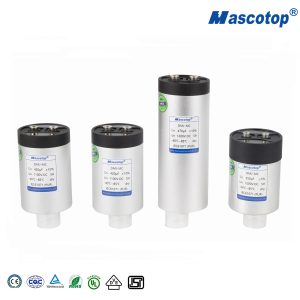
电容器 是储存和释放电能的电子元件。它们广泛用于从电源到信号处理电路的电子应用中。电容器有各种尺寸和类型,它们的特性会影响它们对不同应用的适用性。

目录
切换电容是电容器存储电荷能力的量度。它以法拉 (F) 为单位,最常见的值范围为皮法 (pF) 到微法拉 (μF)。电容器的电容会影响其对不同应用的适用性。例如,具有低电容值的小电容器通常用于高频应用,例如射频(RF)电路,而具有较高电容值的较大电容器则用于电源电路。
电容器的额定电压是电容器在击穿前所能承受的最大电压。这是决定电容器对不同应用的适用性的基本特性。具有低额定电压的电容器适用于低电压应用,例如信号处理电路。相比之下,具有高额定电压的电容器适用于高压应用,例如电源和电机控制电路。
电容器的额定温度是电容器可以在不降低其性能或发生故障的情况下运行的最高温度。温度额定值是决定电容器对不同应用的适用性的基本特性。具有低温额定值的电容器适用于低温应用,例如低温应用。相比之下,具有高温额定值的电容器适用于高温应用,例如工业和汽车应用。
电容器的容差是电容器额定值所允许的最大电容变化。它是决定电容器在不同应用中性能的重要特性。低容差等级的电容器适用于需要高精度的应用,例如模拟电路。相反,具有高容差等级的电容器适用于不需要高精度的应用,例如电源电路。
电容器的 ESR 是电容器等效串联电路中存在的电阻。它是决定电容器是否适合不同应用的重要特性。低ESR电容器适用于高频应用,例如开关电源和DC/DC转换器。相反,高ESR的电容器适合低频应用,例如音频电路。